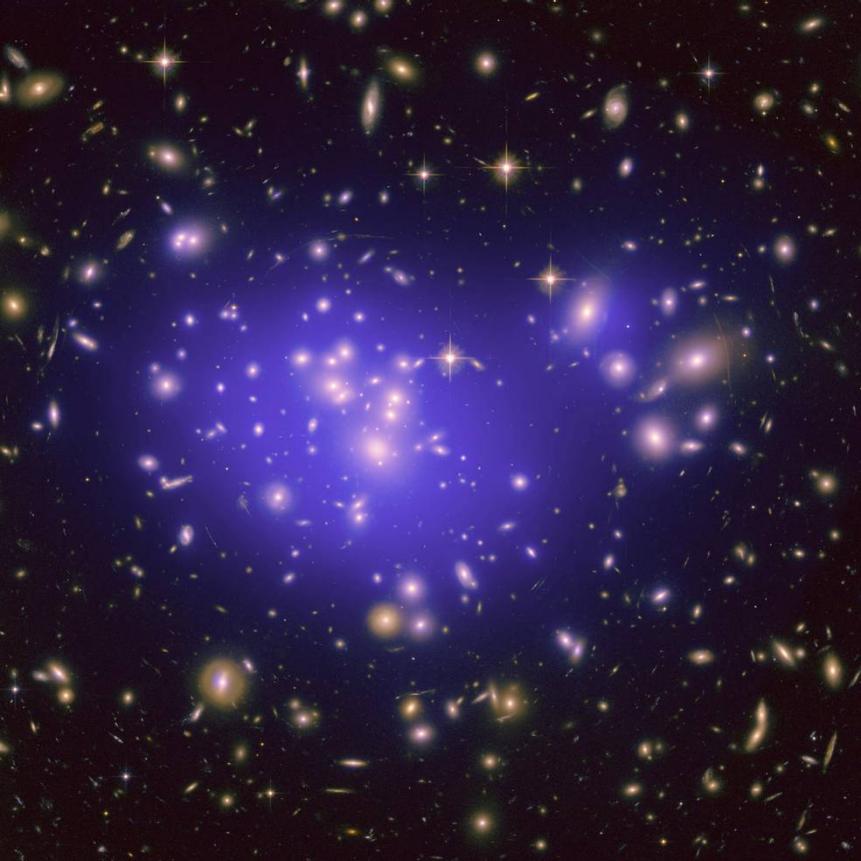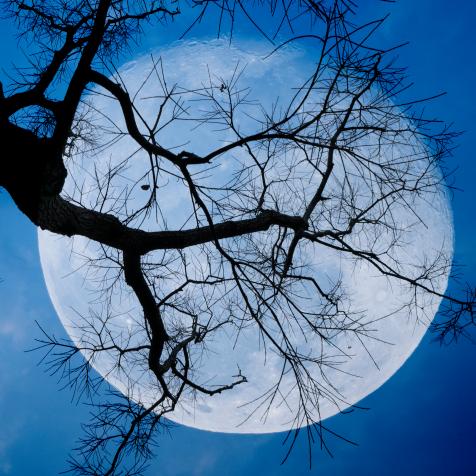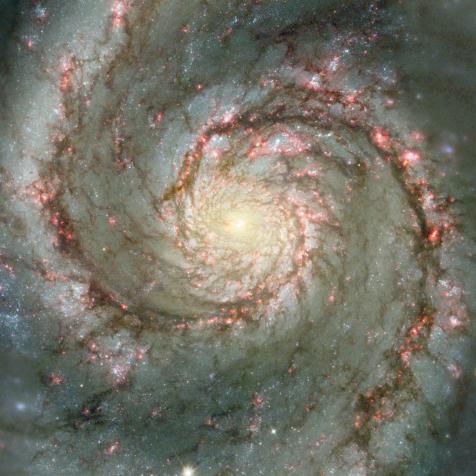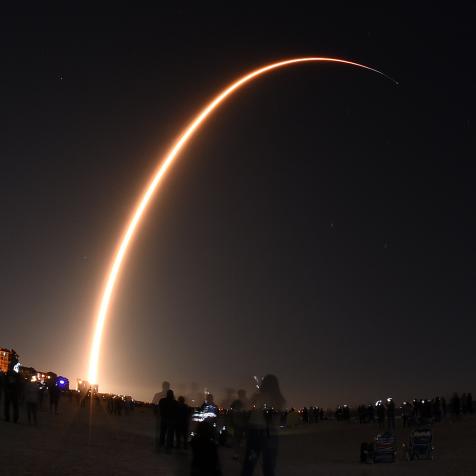
Josep Drudis
The Eeriest Place in the Universe

Imagine being completely, utterly alone. Surrounded by no planets, no stars, no galaxies. Not a single scrap of matter – not even a hydrogen atom – within hundreds of millions of lightyears. Welcome to the loneliest place in the cosmos: the great cosmic voids.
At the very largest scales, our universe is absolutely, breathtakingly beautiful. If you zoom out far enough – taking the biggest of big pictures – to the point where entire galaxies become nothing more than tiny dots of light, an amazing pattern emerges.
We call it the cosmic web.
Long, thin ropes of galaxies hundreds of thousands of lightyears long. Dense clumps, the clusters, home to thousands of galaxies. Vast, broad, imposing walls. The matter in our universe is arranged into this grand, weblike pattern that stretches from one end of the cosmos to the other. It is, by far, the largest pattern found in nature.

Damian Peach
The Cosmic Web of the Tarantula Nebula.
And between all those glittering lights and impressive structures? Vast, empty expanses of almost absolutely nothing. The cosmic voids.
By sheer size, the cosmic voids are the largest objects in the universe. The smallest ones are already over 20 million light-years wide, while the largest stretch across a healthy fraction of the observable universe.
By volume, most of the universe is void. Only a small percentage of the universe is bound up inside the relatively thin walls, filaments, and clusters. No matter where your home galaxy lives in the universe, it’s never far from the abyss.
And what’s even worse: the voids are growing. You see, the cosmic web isn’t static, fixed, unchanging. It’s a dynamic, living entity that changes with time. Billions of years ago, our universe was pretty much even from place to place: roughly the same amount of matter wherever you went. But some places, by pure luck, had slightly more mass than others. That extra mass gave those regions an extra gravitational tug, causing even more material to pile up on those clumps.

NASA/ESA/JPL-Caltech/Yale/CNRS
This image from NASA's Hubble Space Telescope shows the inner region of Abell 1689, an immense cluster of galaxies.
As structures began to grow and evolve over time, the voids emerged, expanded, and grew.
The evolution of the cosmic web isn’t finished. What we see now is a snapshot, a brief moment in time when the web is at its most magnificent. But as time marches on, our universe continues to expand, spreading itself apart and driving the cosmic web to get thinner and thinner.
Over eons, the filaments will stretch so thin they’ll vanish. The walls will dissolve. All that will remain will be the clusters, dense but small knots of galaxies.
In only 10 billion years, roughly twice the current age of the universe, the voids will merge together and grow, coming to dominate the universe and envelope it in darkness, with only the clusters acting as drifting life rafts of heat and warmth, adrift in an otherwise formless cosmic ocean of night.
Dive Deeper into the Cosmos
Journey Through the Cosmos in an All-New Season of How the Universe Works
The new season premieres March 24 on Science Channel and streams on discovery+.




















